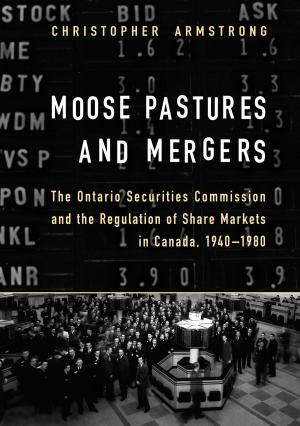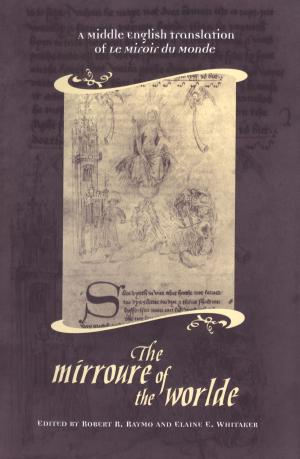Masterminding Nature
The Breeding of Animals, 1750-2010
Nonfiction, Science & Nature, Nature, Environment, Environmental Conservation & Protection, History| Author: | Margaret Derry | ISBN: | 9781442619319 |
| Publisher: | University of Toronto Press, Scholarly Publishing Division | Publication: | March 27, 2015 |
| Imprint: | Language: | English |
| Author: | Margaret Derry |
| ISBN: | 9781442619319 |
| Publisher: | University of Toronto Press, Scholarly Publishing Division |
| Publication: | March 27, 2015 |
| Imprint: | |
| Language: | English |
In Masterminding Nature, Margaret Derry examines the evolution of modern animal breeding from the invention of improved breeding methodologies in eighteenth-century England to the application of molecular genetics in the 1980s and 1990s. A clear and concise introduction to the science and practice of artificial selection, Derry’s book puts the history of breeding in its scientific, commercial, and social context.
Masterminding Nature explains why animal breeders continued to use eighteenth-century techniques well into the twentieth century, why the chicken industry was the first to use genetics in its breeding programs, and why it was the dairy cattle industry that embraced quantitative genetics and artificial insemination in the 1970s, as well as answering many other questions. Following the story right up to the present, the book concludes with an insightful analysis of today’s complex relationships between biology, industry, and ethics.
In Masterminding Nature, Margaret Derry examines the evolution of modern animal breeding from the invention of improved breeding methodologies in eighteenth-century England to the application of molecular genetics in the 1980s and 1990s. A clear and concise introduction to the science and practice of artificial selection, Derry’s book puts the history of breeding in its scientific, commercial, and social context.
Masterminding Nature explains why animal breeders continued to use eighteenth-century techniques well into the twentieth century, why the chicken industry was the first to use genetics in its breeding programs, and why it was the dairy cattle industry that embraced quantitative genetics and artificial insemination in the 1970s, as well as answering many other questions. Following the story right up to the present, the book concludes with an insightful analysis of today’s complex relationships between biology, industry, and ethics.















